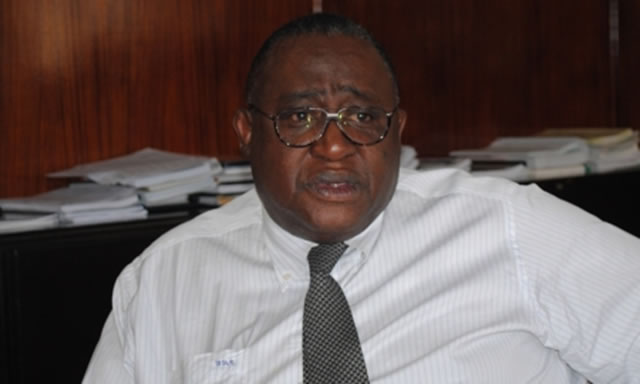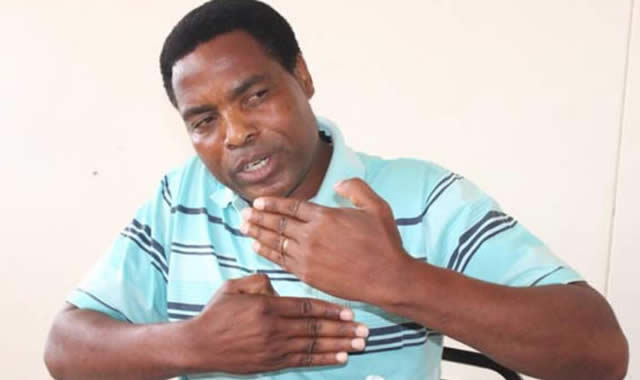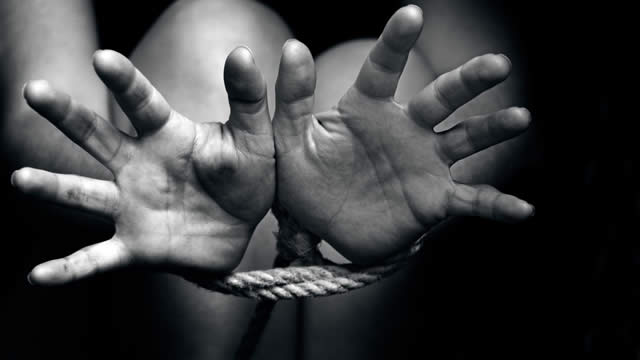Zesa plans to give customers 36 months to settle $1bn debt

Felex Share Harare Bureau
THE Zimbabwe Electricity Transmission and Distribution Company is mulling drastic measures that could leave thousands of people and small businesses nationwide disconnected as it seeks to recover $1 billion owed by customers in unpaid bills.
The power utility’s power evacuation and supply unit has devised a strategy that will see every customer in arrears servicing debts in three years.
This could mean trouble for consumers who owe large amounts as they are going to be forced to pay high monthly instalments towards servicing their debts before accessing electricity.
The proposals were yesterday shelved by the Zesa Holdings management as among the defaulters are several entities that are key to the revival of the country’s economy.
Zesa Holdings chief executive Engineer Josh Chifamba yesterday confirmed freezing ZETDC’s proposals, but acknowledged the billion dollar debt was affecting the power utility’s operations.
“We’ve reviewed ZETDC’s position and for now they have to revert to the old order where they have been deducting a certain percentage from purchases made by a consumer,” he said.
“Be that as it may, on liabilities, we’ve creditors which need to be paid now and most of our operations are being financed by creditors and not by customers who are getting the service as it should be.”
ZEDTC is deducting 30 percent from every purchase made by a defaulting customer, which will go towards servicing the particular debt.
Sources said the proposed strategies, if implemented, would see some customers failing to access electricity.
“People were paying 30 percent of what is purchased, but considering the huge arrears some customers have, the low levels of purchase and the low redemption rate, it will take more than 20 years to collect the arrears,” said a source.
“In view of that, ZETDC had taken measures to redeem these arrears over a three-year period. Challenges have been encountered where some of the arrears are so high to the extent that the monthly instalment the customers have to pay are correspondingly high and some customers would remain disconnected.
“Those owing huge amounts are the most affected because if one owes $3,600 it means that he has to first pay $100 every month before purchasing electricity. Other than that, it means no electricity as the prepaid meter can be programmed to reject any amount less than $100.”
The other strategy being pursued, the source said, was to increase the rate of recovery from 30 percent per each purchase to an undisclosed percentage.
The source revealed that 136,000 customers on prepaid meters owed up to $1,000 each, while 56,000 consumers owe more than that, but less than $5,000 each.
At least 4,000 customers, the source said, owe more than $5,000 each, while 569 customers owe more than $10,000 each.
This brings to more than 194,000 the number of customers with a debt loaded on prepaid meters.
“We’re still grappling with debt recouping strategy because the percentage deduction strategy per every purchase is convenient for the customer, but has low yields in terms of debt recovery,” said the source.
“The strategy of 36 months inconveniences customers, in particular those with high arrears. The problem with that strategy is that the current economic environment will make it impractical to recoup $1 billion in a year or even the three years.”
The source added: “The money locked out there is enough to pay for imports as well as cover some expansion projects without necessarily borrowing like we are doing.”
If they had been successfully implemented, the strategies were set to increase financial resources available to replace stolen and vandalised equipment, which are estimated to have cost the power utility up to $30 million over the last 18 months.
ZETDC also believes that increased revenue inflows could help it improve maintenance works and expand its distribution network after its attempt to increase the power tariff was rejected by the Zimbabwe Energy Regulatory Authority recently.
To increase revenue inflows against a backdrop of growing debts from electricity consumed, ZETDC introduced prepaid meters three years ago and more than 540,000 meters have been installed to date.
About 800,000 meters are targeted for installation during the course of the Zimbabwe Agenda for Sustainable Socio-economic Transformation (Zim-Asset) policy.











Comments